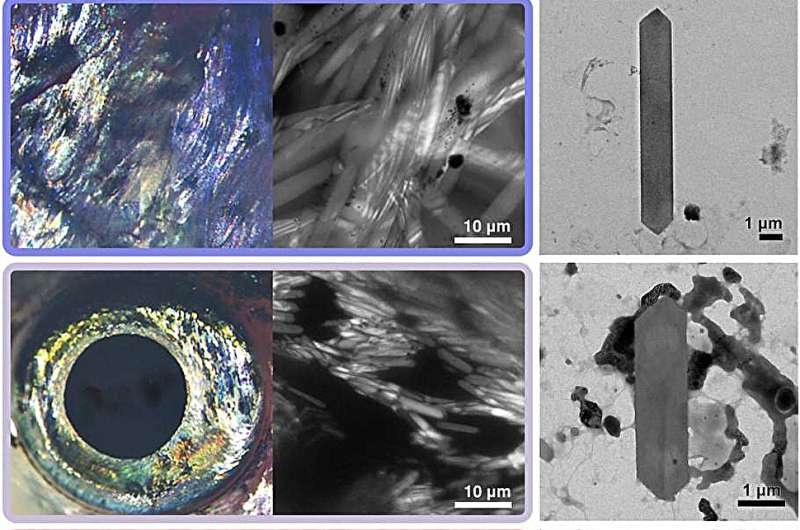Explore the fascinating realm of animal crystals as we examine some of the finest masterpieces that nature has to offer. From the intestines of fish to the skin of chameleons, these creatures can produce an astonishing spectrum of crystals with different properties and functions. Introduces us to the captivating science of the biological building blocks which result in this amazing natural phenomenon.

A masterclass in crystallography from the Zebrafish
Its hero is the zebrafish, a small but colourful freshwater fish. The zebrafish’s body is a masterpiece of natural art, covered in vibrant crystals of color.
Scientists at the Weizmann Institute of Science delved into the core of this crystal abundance. Researchers were able to pinpoint the biological processes responsible for zebrafish creating customer crystals by isolating the crystal-producing cells of iridophores.
And this balance arises from just two simple molecules: guanine and hypoxanthine. In the same way a baker can adjust ingredient amounts to control how fluffy, crumbly, or savoury an end product will turn out, the zebrafish uses these two building blocks in different ratios to create crystals of all shapes and sizes — with a wide diversity of optical properties. This lets the fish draw on those same crystals to perform an array of functions, such as sight and disguise or heat control and signalling
The Alchemists of Nature: Growing Crystals from Seed
But the researcher note that they are looking past just the zebrafish and are excited about how these results will more clearly explain the processes in living organisms that can produce such a rich variety of crystals.
Unlike the infamous Walter White of Breaking Bad who made life-ruining meth crystals, these animals use their crystal-making abilities for much more innocent (and infinitely healthier) reasons. From fish to chameleons to crabs, these animals use crystals to sharpen their vision, blend into the background and even communicate better.
The secret to their success comes from the delicate balance of enzymes in crystal-forming cells. In humans there is only one enzyme responsible for the last step in making guanine, but fish have found five distinct enzymes for this final reaction. That array of enzymes allows the fish to tinker with the ratio of guanine and hypoxanthine, two of the building blocks their crystals are made from, without impinging upon other critical cellular processes.
The researchers engineered a fish that lacks one of these key enzymes, and were able to see how the shift in enzyme activity levels affected the structure and properties of the crystals. It reaffirmed to me how carefully genetics, biochemistry and the great artistic hand of nature work together.
Conclusion
The study of crystals by animals not only gives us an even deeper insight into the wonders of nature, but also leads to new ideas for biomimicry and material sciences. Through decoding the biological recipes for these brilliant crystals, scientists may be able to apply the basic science behind crystallization in nature to create completely new materials and devices. And it is through the elegance and apparent simplicity of Nature’s work that we are reminded that even the most complex biological functions can develop from the interactions of a few elementary bricksongs.
